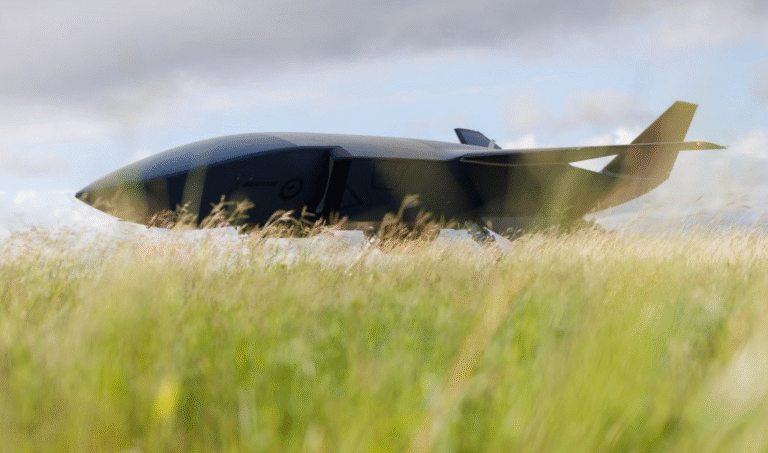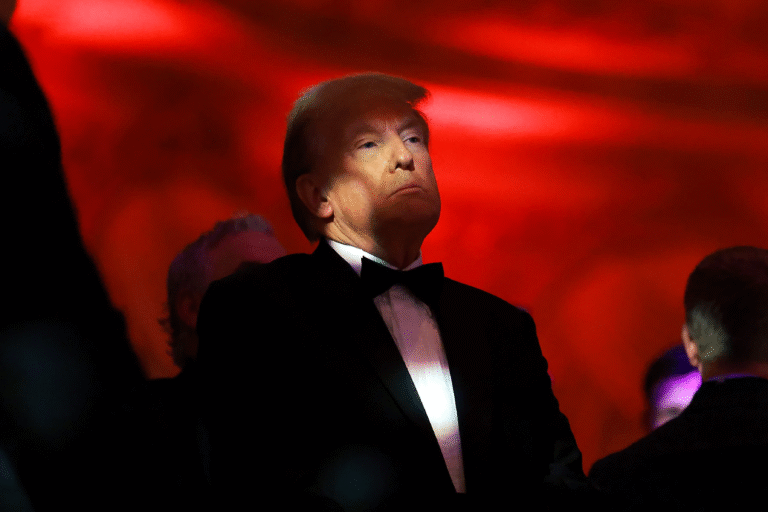
aiwan is strategically moving to expand its arsenal of military and commercial drones, as China mobilizes and modernizes its forces with aims to be ready to seize its smaller, self-governing neighbor as early as 2027.
During a panel hosted by the Center for a New American Security on Tuesday, defense experts discussed Taiwan’s unfolding plans to grow its domestic production pipelines for unmanned aerial systems and its military’s adoption of associated, emerging weapons technologies. They also shed light on ways recent U.S. initiatives, as well as the Russia-Ukraine war, are informing those pursuits.
“China now has the dominance of the supply on a lot of different components that are used in drones,” said Hong-Lun Tiunn, a nonresident fellow at the Research Institute for Democracy, Society and Emerging Technology.
“So that is very critical for Taiwan, for us to actually start gradually building up a non-reliant supply chain [and] to basically make sure that — way before the contingency happens — we already have the capacities to manufacture enough and good quality components and drone models that can be integrated into our layered defense strategy,” Tiunn noted.
Although the Chinese government sees the island as a piece of its territory, Taiwan has been self-ruled for more than 75 years.
Tensions between Beijing and Taipei have intensified in the last decade, and particularly since Chinese President Xi Jinping unveiled his intent to ensure that the People’s Liberation Army would be prepared and equipped to “unify” or invade its smaller neighbor by 2027.
“The folks who study this closely say, ‘Look, that’s a modernization goal. It’s not a go-by date.’ And our best understanding is still that Xi Jinping and the Chinese leadership’s calculus around this is conditions-based and that they have been aiming toward a short, sharp, low-cost invasion at acceptable cost,” said Ely Ratner, former U.S. assistant secretary of defense for Indo-Pacific security affairs and current principal at Marathon Initiative. “And until they feel like they can achieve that, they’re going to hold off.”
Replicator was initially billed as an accelerated technology and procurement modernization campaign designed to counter China’s massive military buildup in the Indo-Pacific, by incentivizing U.S. production capacity and the services’ fielding of drones en masse — through replicable processes — at a faster pace than before.
Details about the current status, total cost to-date, and overarching progress of the Replicator program have been sparse since the Trump administration assumed leadership this year.
In response to questions during Tuesday’s panel, Tiunn confirmed that Taiwan’s “drone development policies [were] inspired by Replicator, a lot.”
“So, we actually try to move faster in the acquisitions process, to make sure that those newer-generation drones can be used by our military, no matter for combat purposes, operational purposes or the training purposes,” he said.





